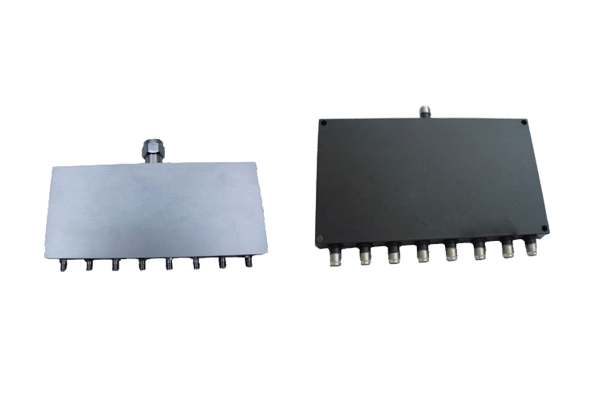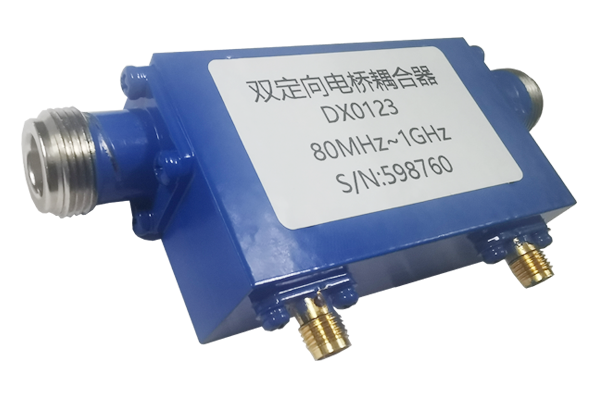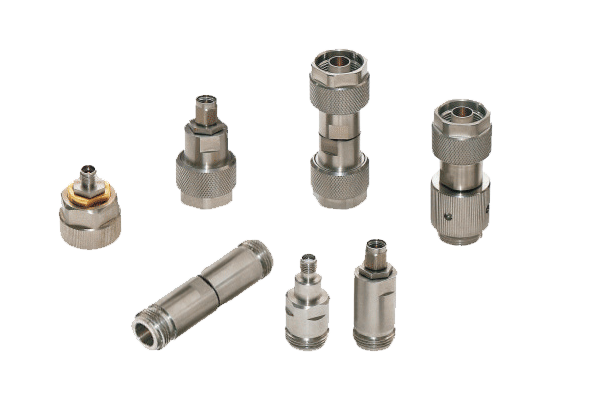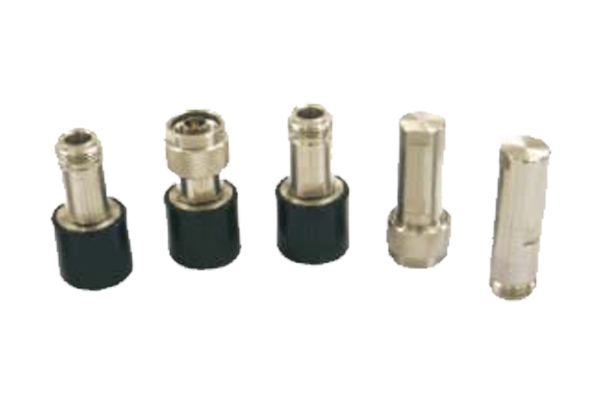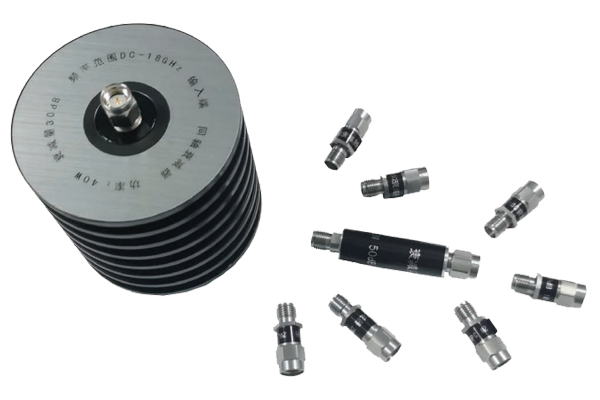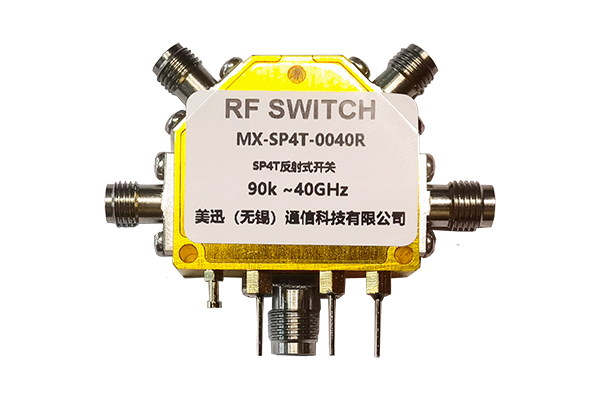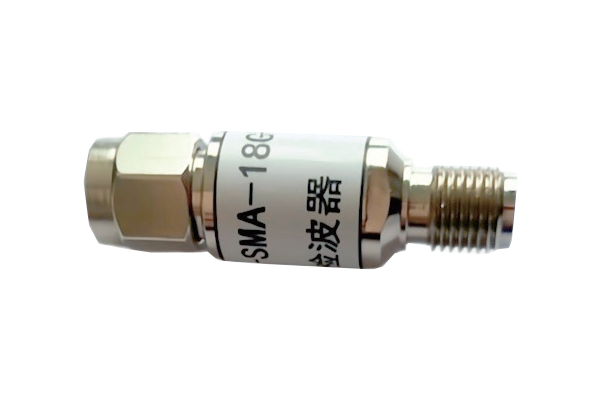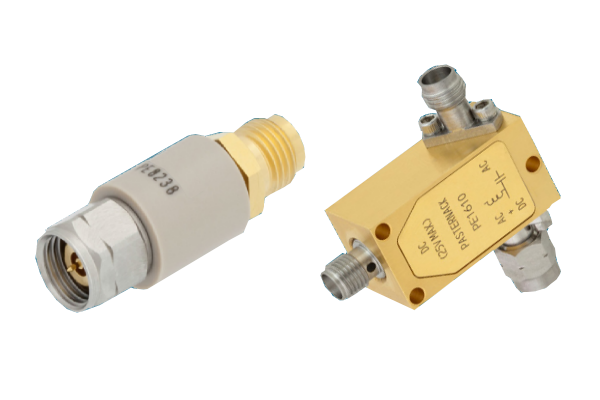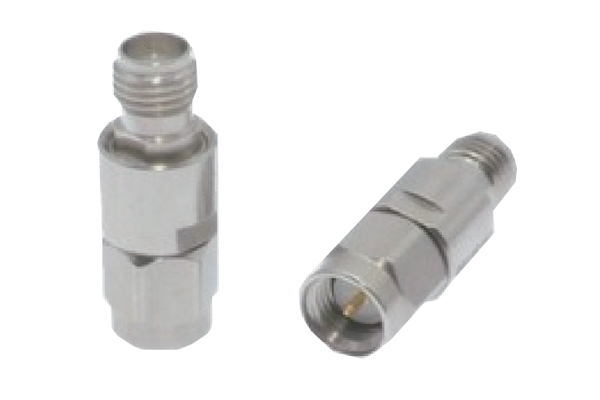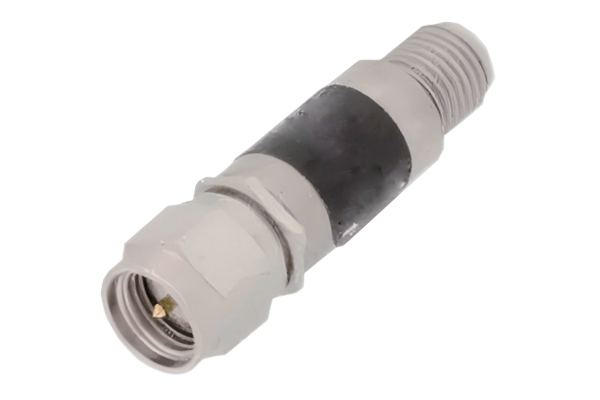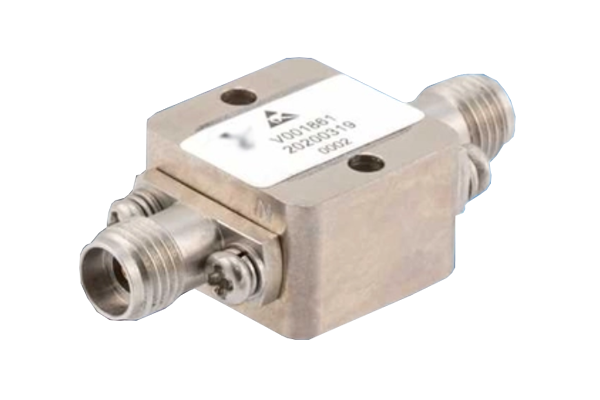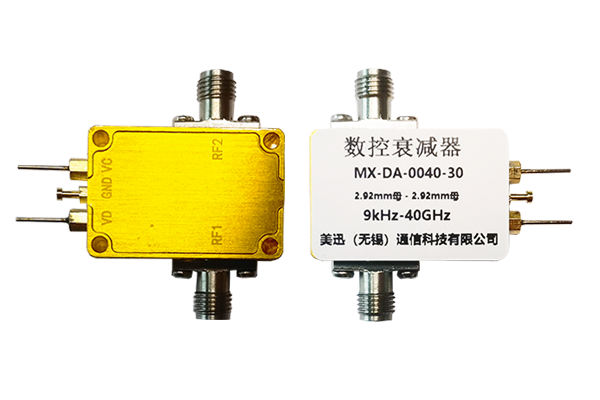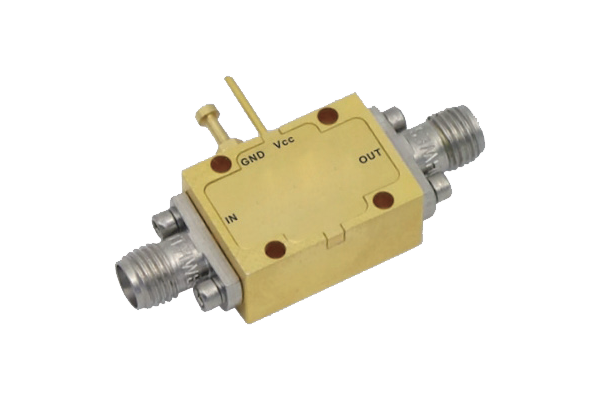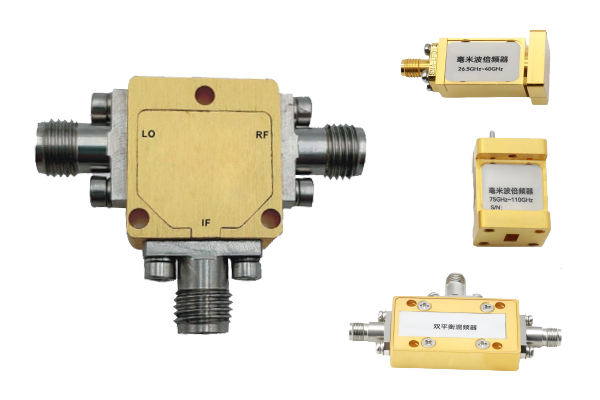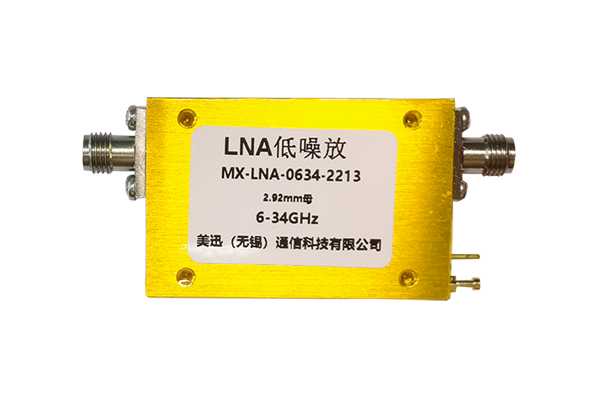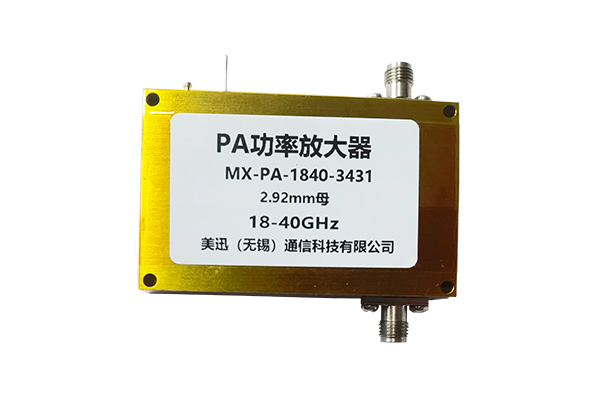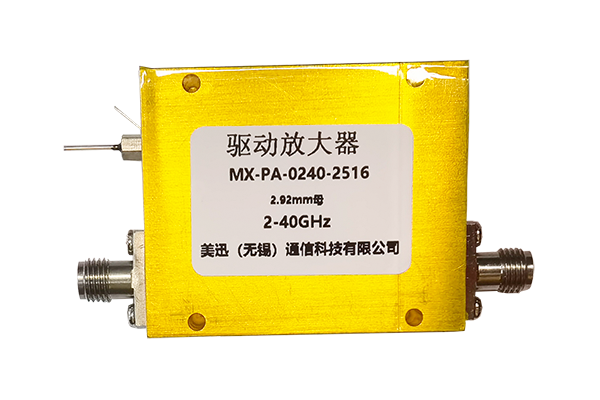How does a directional coupler distinguish between forward and reverse signals
Directional Coupler Technical Overview
This capability stems from its specialized design and electromagnetic principles, enabling selective signal coupling based on propagation direction. A directional coupler typically features four ports:
Input • Output • Coupled • Isolated
Its core functionality relies on controlled electromagnetic field interactions within its structure, often using transmission lines like microstrip, stripline, or waveguide configurations.
Forward Signal Operation
When a forward signal travels from the input to the output port, it induces electromagnetic fields that couple energy to the coupled port through designed interactions such as mutual inductance or capacitance. The isolated port remains largely unaffected due to cancellation of unwanted signals by the coupler's geometry.
This design ensures:
- Most forward signal energy transfers to the output
- A small, proportional portion directed to the coupled port for monitoring or measurement
- Effective isolation of unwanted signals
Reverse Signal Operation
For reverse signals propagating from output to input, the electromagnetic field distribution changes. The coupler's directional structure causes minimal energy coupling to the coupled port. Instead, reverse signals primarily affect the isolated port, where their energy is dissipated or isolated to prevent interference.
This directional behavior is quantified by the "directivity" parameter, measuring the coupler's ability to distinguish between forward and reverse signals—higher directivity indicates better discrimination.
Design Elements
Key design elements enhance this distinction:
- Symmetrical transmission line spacing
- Impedance matching techniques
- Phase cancellation methods
- Precision geometry control
By leveraging these principles, directional couplers enable accurate measurement, monitoring, and control of signal flow in RF and microwave systems, critical for applications like power monitoring, antenna tuning, and system diagnostics.





